
The Hidden Powers of Rich Content to Increase Engagement
Last update: 26 July 2023 at 04:04 pm
To persuade customers to buy things from your website, you need exceptional content. Great material, on the other hand, might be tough to come by. It must be interesting, instructive, and valuable.
Rich content improves long text fields by allowing you to use the Rich Text Editor to format the text. You may customize the font and header styles in your material, as well as include hyperlinks, lists, and tables.
In this article, we will highlight just how important it is for you to start creating beyond the typical content you have produced up until now and look into providing your audiences with rich content.
What Is Rich Content?
The term “rich content” refers to media that includes music, graphics, and/or video. Because of the visual flair and style, the material shines out. It’s material that makes use of the viewer’s sensory abilities.
The following are some instances of rich content:
- Static images
- Animated GIFs
- Videos
- Audio clips
So, how can you tell the difference between rich and regular content?
Text-based content is the most common type of material. Consider social media posts or blogs that are solely textual. Though these forms might provide information and even inspire connection with your business, they lack aesthetic appeal. That’s why rich content is combined with text-based material to create a mix that’s both interesting and instructive.
What Are Rich Media Ads?
Rich media, in its most basic definition, is any type of digital advertising that incorporates multiple interactive components, such as video, audio, or other media, that are expressly meant to stimulate user participation.
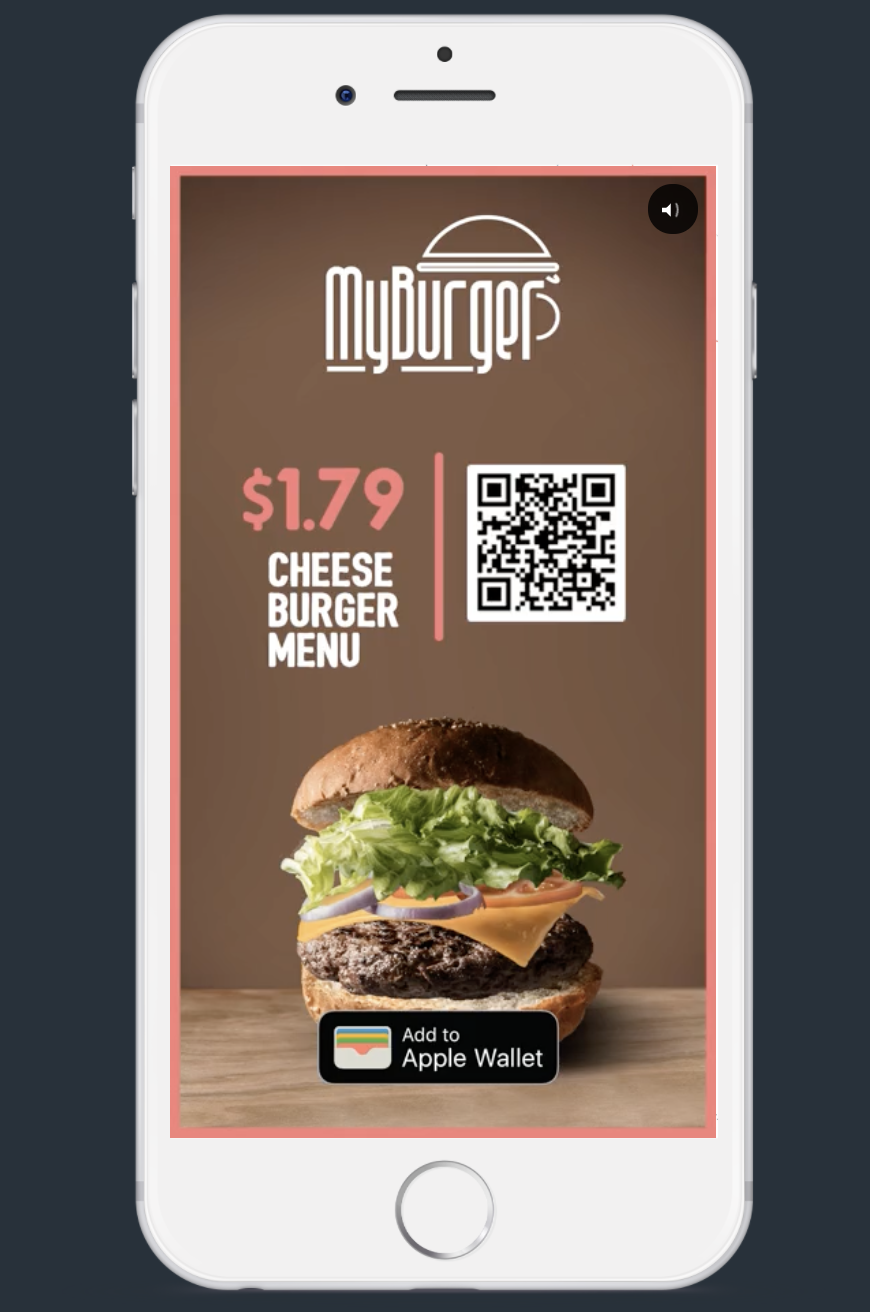
Advertisers and marketers may utilize rich media to develop sophisticated commercials that can easily elicit a response from users. Ads may now include many layers of content in a single placement thanks to HTML5 technology.
Because rich media advertising incorporates a variety of interactive components such as audio, video, and even live video, advertisers have an almost limitless number of ways to communicate their ideas compellingly and credibly.
Because this new form of advertising requires additional knowledge and skills to the ones we are accustomed to, many companies have turned to experience content marketing agencies to create their rich media ad campaigns.
Rich Media Ad Formats
Although these adverts are accessible in a variety of formats, let us look at some of the most prevalent formats utilized by advertisers that align with our consumption methods:

1. Banner Ads
Banner advertising is often fixed and is most commonly encountered on websites. It is possible to construct very challenging advertising by adding numerous dynamic aspects.
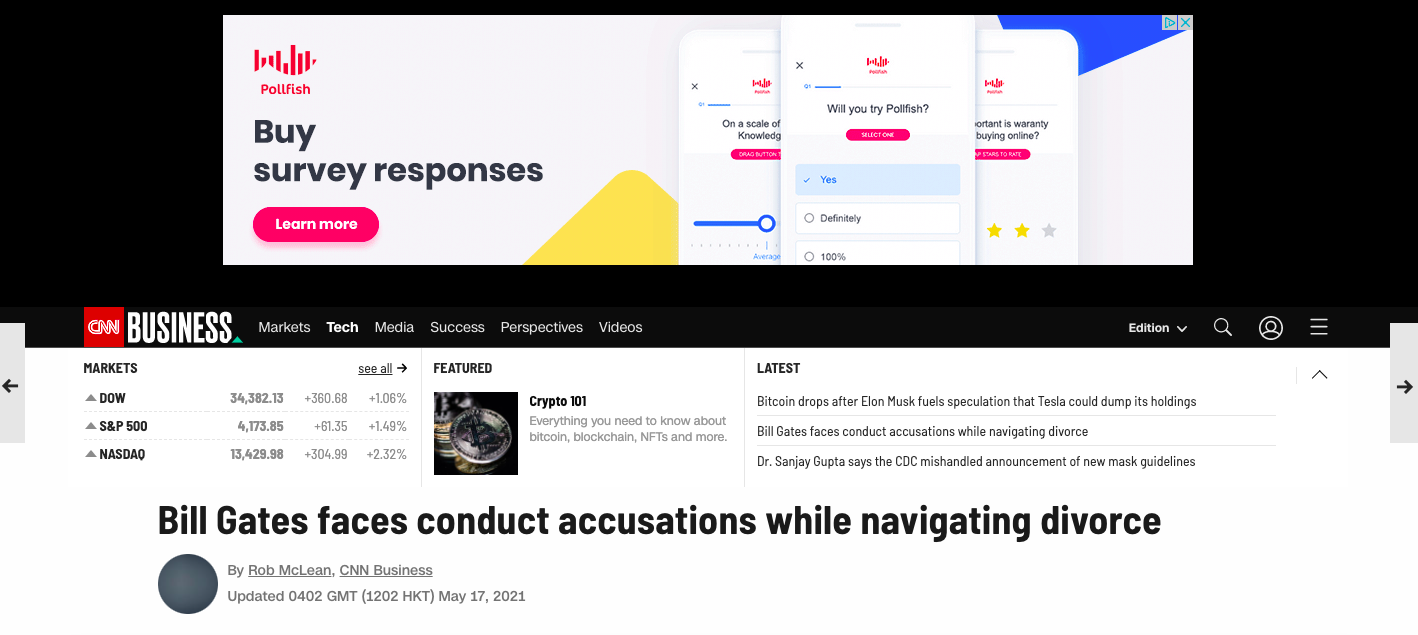
Banner advertisements are simple to develop and well received by the majority of visitors. This is the main reason why so many marketers and advertisers are investing in banner advertising despite the advent of digital media.

Another reason is their low cost, which makes them a popular form of advertising for small and medium-sized enterprises.
2. Interstitial Ads
These are full-screen, highly interactive adverts that cover the website’s interface. Interstitial advertisements are intended to show at natural transition moments (for websites) or during breaks (for gaming).
Interstitial advertising is a one-of-a-kind combination of pictures, text, video, and audio. These can either remain locked while the user scrolls around the webpage or keep a locked state.
Interstitial commercials are often full-screen, which provides a greater view and eliminates any gaps, ensuring that viewers never miss anything.
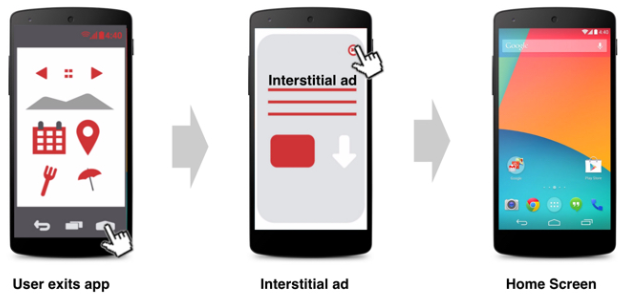
The locked position is ideal for tracking user behavior. The user has two options: dismiss the ad and continue, or click on the ad and go to the relevant webpage. HTML-5 elements and banner videos are also supported by interstitial advertisements.
3. Pushdown Advertisements
Push-down advertising, unlike other types of rich media ads, does not grow in size. The advertisement will show as a teaser on the website. Users who are interested in it can click or hover their mouse over it. As a result, the ad will push the webpage content down to display it fully.
The key advantage of this ad is that it does not obscure the content of the webpage, resulting in more ad views.
4. Multi-Directional Expanding Ads
In the realm of advertising, the multi-directional format is still relatively new. This form of ad extends by its position on the web page.
When a user clicks on an ad on the right side of the page, it will immediately extend to the left side, and vice versa. Because these forms of advertisements are still relatively new, there isn’t much demand for them in the market.

Where Can We Find Rich Content?
Rich content is more likely to be found in blog posts, social media posts, and emails, ranging from advertisements to promotions and newsletters.
Rich content is omnipresent, and it constantly demands our attention. Buyers are increasingly bombarded with material in the form of news, advertisements, product placements, films, infographics, and newsletters.
This is because rich, visual content stands out.

How Rich Media In Content Can Benefit You?
Incorporating rich media into your content campaigns may help you boost engagement and user experience, while also driving gains in several important content metrics as content consumption continues to increase:
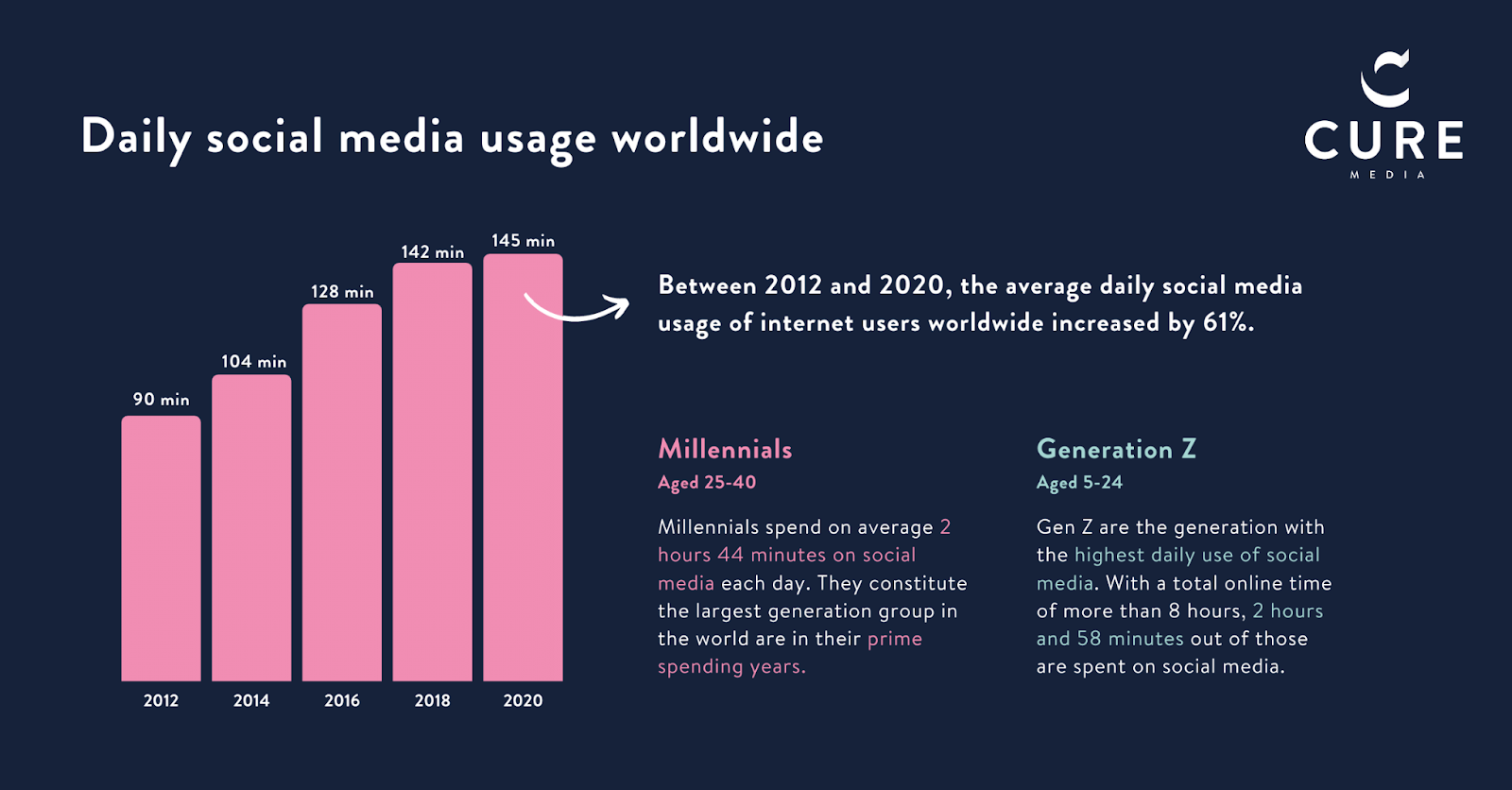
1. Increased Interaction Rate
Marketers have discovered that interactive commercials are the most effective at increasing brand recognition. Furthermore, it aids in the recording of immediate data, purchasing intent, and message association.
Marketers can successfully attract customers’ attention by creating a more engaging and dynamic experience.
2. Captivate the Interest of New Audiences
Rich media allows you to display knowledge in a way that assists visual learners in remembering more information. Visual learners absorb and retain knowledge best through sight, and they account for around 65% of the population.
If a visitor is offered the same material delivered in both a blog post style and a video format, a sizable percentage will opt for the video. Without that complimentary material, you may struggle to maintain people’s attention to your content.
Furthermore, distributing your material through rich media such as podcasts and infographics broadens your reach and raises brand recognition.
3. Reduced Bounce Rates
Video and other rich media components discourage visitors from leaving by capturing their attention and increasing the likelihood that they will stay on the page and interact with it.
They also made short instructional movies for their viewers, often center on the theme of the blog post, with suggestions and solutions to commonly asked concerns. Viewers were provided with a clear CTA at the end of the film.
Along with a decreased bounce rate, the organization experienced an increase in time on page. With a strong video offering, visitors were encouraged to stay and check out the remainder of the information on the website.
4. Increase Brand Awareness
You may have heard the term “banner blindness.” This is a phenomenon that leads website users to instinctively dismiss any banner-like material shown. Advertisers are always attempting to overcome banner blindness by engaging clients with rich and fun-filled banner adverts.
Because rich media advertising is still relatively new, buyers pay great attention to them the instant they show on the screen. This might have a huge influence on their purchasing decision.
5. Fast-Paced And Engrossing
With so many alternatives and entertainment accessible on the internet, it’s no wonder that people have short attention spans these days.
This implies that in this ever-changing and fast-paced environment, advertisers and marketers must work extra hard to develop captivating and engaging advertising that is good enough to retain the viewer’s attention.
This emphasizes the significance of having video material. Interactive video content is becoming one of the most reliable methods to communicate with clients in the age of faster internet.
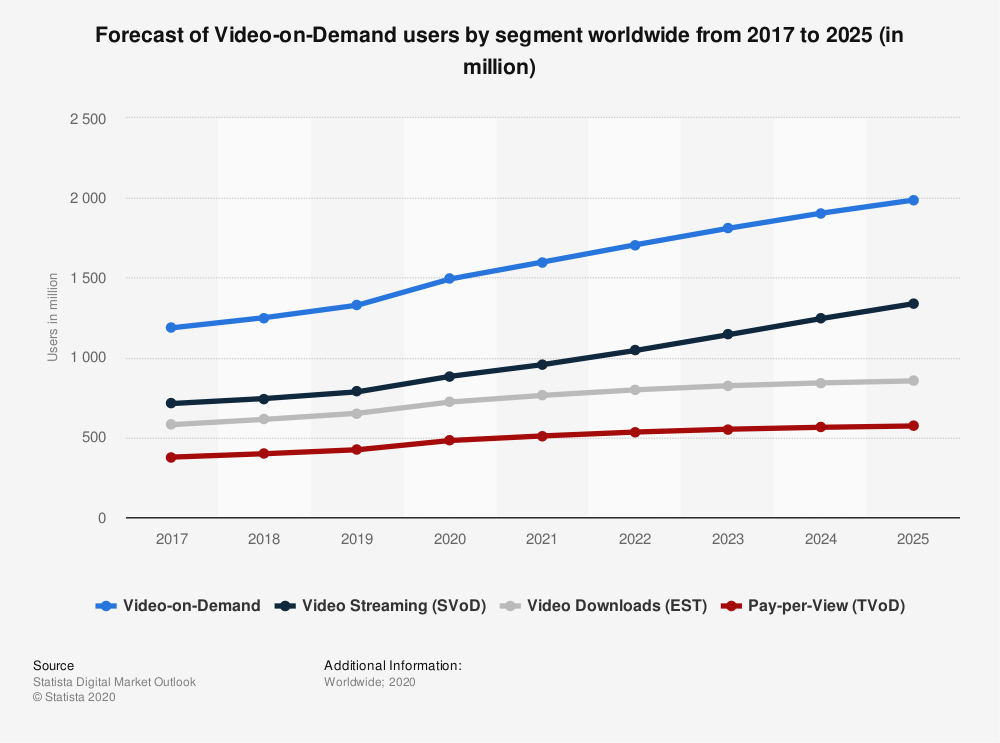
With so many video-sharing sites like YouTube, Daily Motion, and others, video advertising is a great method to get people to watch your videos.
6. Memorable and Have a Better Click-Through Rate
Rich media advertising has a greater click rate than traditional static ads. This implies you’ll see an increase in conversions. These engaging and amusing advertising are fast to capture client attention, which means you’ll get more clicks.
7. Appropriate for a Wide Spectrum of People
The internet service has become accessible to people of all ages and demographics. In today’s global market, where competition is fierce, advertisers must adapt their advertisements to appeal to a certain group of people.
You might, for example, use rich media advertisements to develop bespoke adverts for youngsters and older folks.
Summing Up Rich Content
The way you approach rich content will be determined by several things. Rich content’s main goal is to attract people’s attention, but it’s much more powerful when it’s created with your target demographic in mind. The target audience for your content is the group of people who are most likely to utilize your product or service.
You want to create material that is engaging to them not only in terms of structure but also in terms of information. Rich content may be a powerful tool for attracting new customers and increasing client engagement. Be aware of what catches your attention the next time you’re going through social media. You might be surprised by the answer (or not!)






